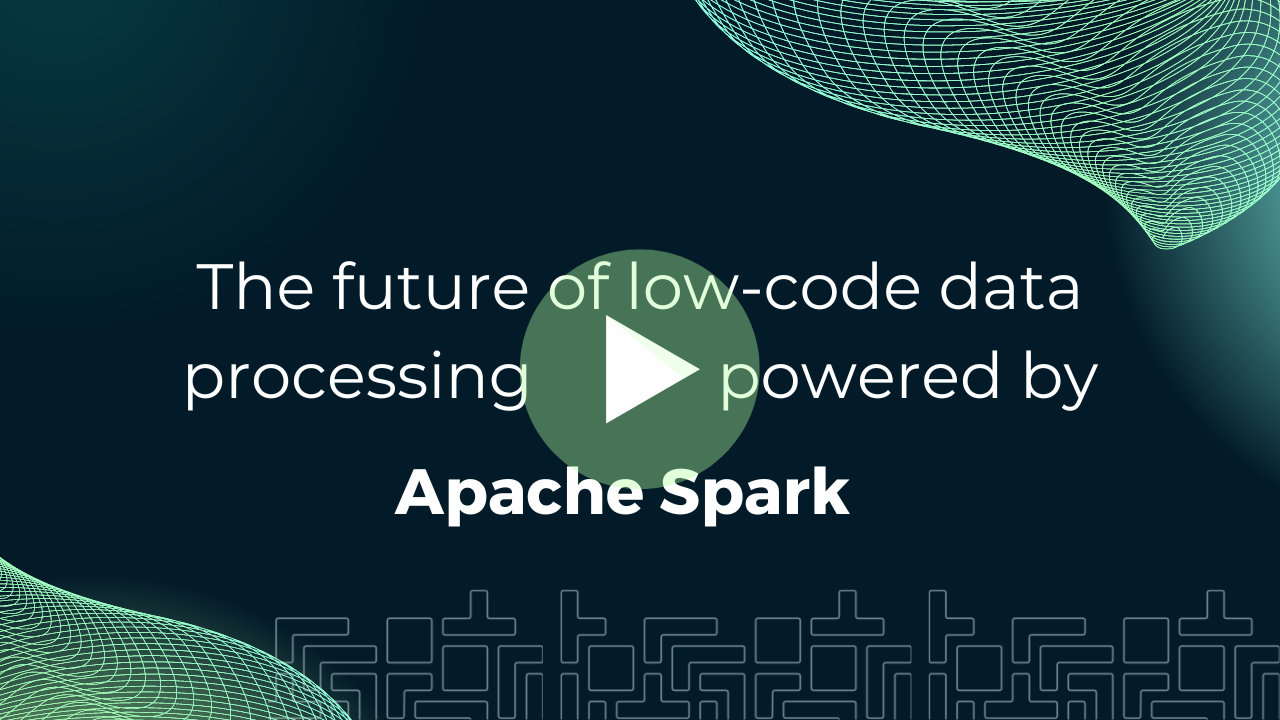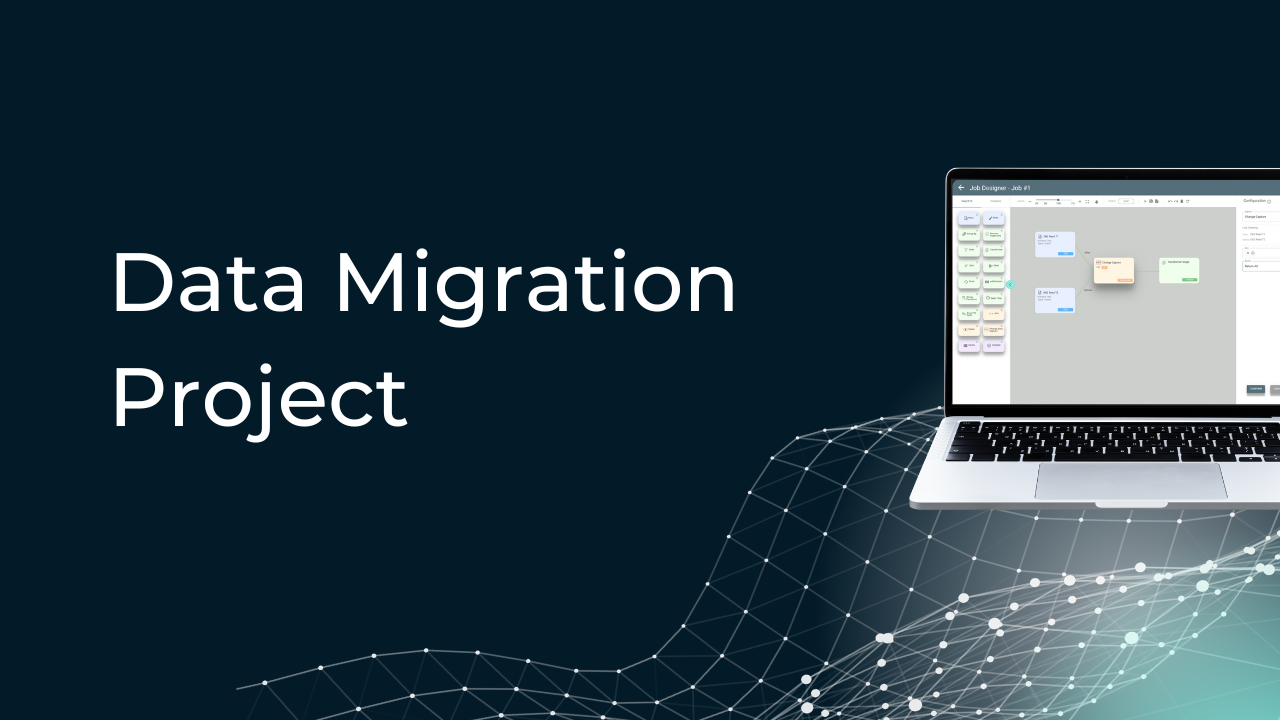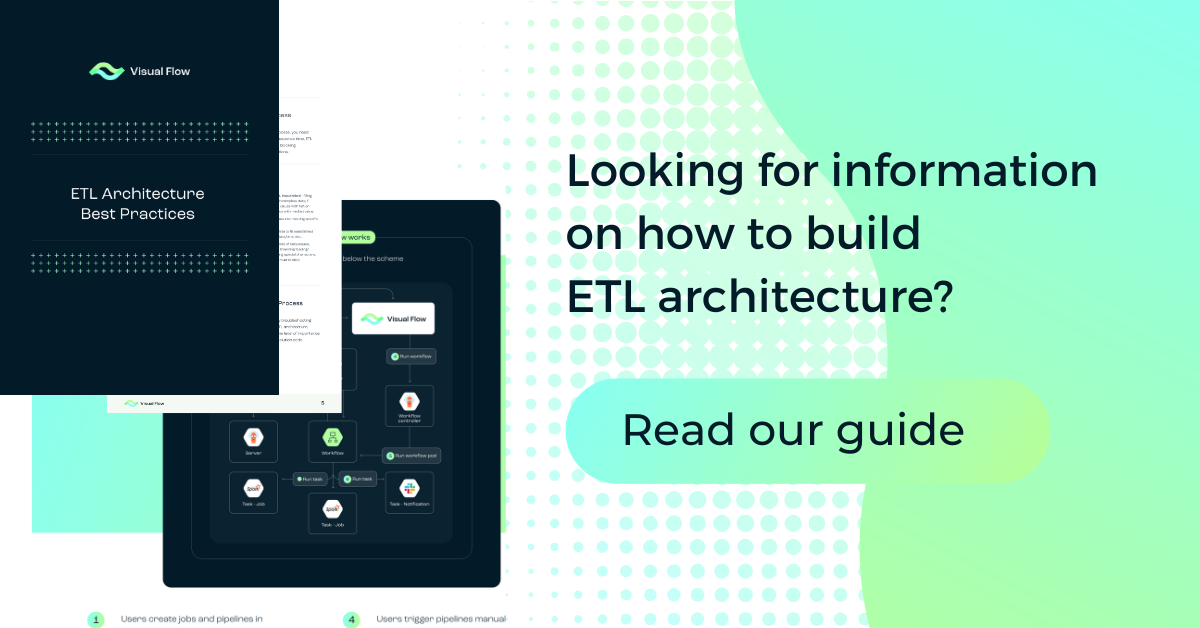Table of Content:
Table of Content:


Data provides incredible value to enterprises: they depend on it and analyze it perpetually to get crucial business insights. A data pipeline entails processing data that moves from one primary source to another final destination. As the scale and variety of data grows, businesses need a more efficient data pipeline solution. So, with the company’s expansion, the management tools of the data pipeline automation also expand.
In this article, we will discover the 6 best tools for creating a data pipeline, consider their most common use cases, as well as analyze key features and aspects relevant to a business and compare the pros and cons.
Keep reading to find out everything you need to know about data pipeline tools in 2022.
Top Data Pipeline Tools List
Let’s look at the best cloud data pipeline tools. Here are our top 6 and the reasons why.
Hevo Data

Hevo Data is one of the most notable ELT data pipeline tools, working with no-code big data pipelines and the best out-of-the-box integrations. This platform makes it possible to load data from third-party sources and simplifies extracting, transforming, and loading.
Hevo Data adds data to the chosen storage and converts it into a form ready for analysis without coding. A fully automated pipeline framework allows data to be delivered in real-time without any loss, while a fail-safe and flexible architecture guarantees that data is handled securely.
Advantages and opportunities:
- simple configuration and fast setup in just a few clicks;
- the ability to set up ETL without programming skills;
- fault-tolerant architecture and data processing security guarantees;
- the simple and interactive interface that is clear even for beginners without experience;
- excellent scalability and processing of up to one million records per minute;
- real-time data flow tracking.
Disadvantages and limitations:
- inability to schedule a pipeline job for a specific time;
- complex and intricate transformations;
- high CPU usage;
- difficulties at the beginning.
As for the pricing, Hevo Data provides a 14-day free trial and two paid options: Starter ($499) and Business ($999), as well as a monthly Enterprise plan that supports private hosting.
Keboola
Keboola is one of the best data pipeline management tools for novice users and experienced data scientists and programmers. It is a platform for data operations based on the SaaS approach. It provides users with mutual space and pre-built work processes to automate and manage pipelines.
The architecture is plug-and-play, achieving more flexible configuration possibilities and providing enhanced functionality. The key features of this tool are that it offers a comprehensive solution for data management, ensures total control over each stage, and provides customized solutions to run workflows that are fully consistent with business needs and goals.
Advantages and opportunities:
- advanced architecture, stability, versatility, and flexibility;
- progressive measures and leading security standards to protect data;
- support for various scripting languages and the ability to add your own features;
- automation of data collection;
- a general-purpose solution for data extracting, modeling, and storing.
Disadvantages and limitations:
- implementation requires technical know-how;
- the do-it-yourself approach of Keboola is likely to be a hurdle for users without technical expertise.
As for the pricing, you can try the trial version of Keboola for free and pay only for the advanced functionality you need.
Stitch

Stitch is one of the most advanced and powerful data pipeline automation tools for analyst teams that moves data rapidly, securely, and in minutes, not weeks. This tool is a cloud-first and developer-centered platform that allows connecting sources to destinations. Stitch is designed specifically for developers.
The critical features of this platform are data security, which is achieved through a private network connection to the database; the flexibility that allows configuring the routing of numerous data sources from different destinations; the ability to evaluate user experience in real-time.
Advantages and opportunities:
- one of the most extensive integrations;
- accelerated and fully automated data acquisition;
- easy integration and fast connections with various third-party sources;
- a better understanding of data analysis;
- convenient and clear user interface;
- affordable price with advanced features.
Disadvantages and limitations:
- fewer options available for retrieving, storing, and downloading data;
- lack of support for SQL Server and Azure;
- designed for light to medium loads only;
- the need for a higher payment plan for scaling and more integrations;
- probability of data loss—no automatic table snapshot, backup, or restore;
- limited transformation possibilities.
As for the pricing, Stitch is available in a free trial for two weeks and in a Freemium version—the standard plan costs $1,000 per year.
Segment

Segment is an advanced data platform for better realizing customer behavior that gathers user info through tracking across websites and applications. This data pipeline software is an across-the-board and reliable solution that connects all customer touchpoints across multiple channels to personalize their experience.
Segment is best known for helping businesses better analyze user information, segment the profile, improve ad effectiveness, and accelerate A/B testing.
Advantages and opportunities:
- marketing optimization, boosts in sales, and conversion jump;
- enhancing personalization and improving the user journey;
- real-time updates;
- archive and reproduce historical data;
- identity stitching and customer data unification—user behavior and personality information can be combined across platforms.
Disadvantages and limitations:
- implementation of Segment is possible only with the help of professional developers;
- lack of support for some specific features of the tool due to non-integration or incompatibility;
- analytics not based on users;
- costliness—price boosts as the number of users and data growths.
As for the pricing, Segment supports a free option with limited functionality and Team or Business plans that offer extra functions.
Fivetran

Fivetran is one of the best data pipeline tools with Cloud Warehouse, a platform that technically automates ETL jobs. It has automated data integration and offers a managed ELT architecture. The key sense of this project is to provide analysts with access to data anytime and anywhere.
Fivetran makes it easy for businesses to link their data sources to destinations, ensures high security of the data pipeline, supports event data flow, and provides access to data using custom code to create your connections.
Advantages and opportunities:
- providing reliable solutions with standardized circuits;
- automated data pipelines to simplify the analysis;
- quicker analysis of recently added data sources;
- easy work with data even without programming skills;
- extensive safety measures.
Disadvantages and limitations:
- limited data sharing possibilities;
- no open-source that makes it harder to self-configure;
- mandatory presence of additional intermediate storage for calculating data transformations;
- no data conversion before adding it into the database—you can do this later with SQL commands.
As for the pricing, Fivetran offers flexible and personalized options that scale to suit your needs—$1/credit for the Starter plan, $1.5/credit for the Standard plan, and $2/credit for the Enterprise plan.
Etleap

Etleap is one of the best data pipeline software to retrieve data in Amazon Redshift storage. This tool has an interactive UI with a huge variety of settings without the need for programming. This solution allows analysts to build their own data pipelines without leaving the user interface. Thus, moving data from disparate sources to Redshift storage becomes easier than ever.
Etleap offers a SaaS cloud solution that requires no installation or handling. In addition, this tool facilitates high-complicated pipelines making data easier to understand, provides modeling capabilities to extract rich information from data, and provides easy integration across data sources.
Advantages and opportunities:
- advanced safety opportunities, strict security standards, and enhanced conversion functions;
- conversion without the need for coding;
- tracking collected data for enterprises;
- coverage of a wide range of input source types.
Disadvantages and limitations:
- restricted directions of work, which is the main limitation of using this tool—only Amazon Redshift, S3 Data Lakes, and Snowflake;
- missing REST API connector;
- UI that is not very friendly.
As for the pricing, it is not public, but you can get a free trial after requesting a personalized demo.
How to Choose the Best One
The fact is that no one tool is perfect in all aspects.
Whether you are a leading enterprise or a promising start-up, you should always keep your business growing and scaling in mind. You must choose a data pipeline tool suitable for multiple use cases. Thus, we suggest you check out our ultimate guide based on all of the above options so that you can pick your win-win pipeline solution.
Here are our practical tips for every tool and every business case.
Hevo Data is one of the best data science pipeline tools for companies that work with big data, for teams that need a platform for automatic schema discovery and evolution, for dynamic startups that need data that is ready for analysis, and for mid-sized enterprises that need to move data without loss.
Keboola is the best option for fast-growing and dynamically-scaling startups, midsize businesses that need fast data delivery and real-time data analysis, and large companies that need an easy-to-manage and versatile data pipeline solution.
Stitch is the best solution for enterprises looking for a data sync pipeline with many integrations but low conversion demands and no plans for horizontal scaling to new integrations.
Segment is the best variant for companies that will greatly benefit from aggregating their customer data across platforms and have the financial resources to do so.
Fivetran is the best instrument for data engineers, analysts, and tech specialists that is excellent for enterprises that want to deploy the instrument among their technical users.
Etleap is the best option for companies that generate huge amounts of data and are looking for better ways to use this data for effective modeling, reporting, and decision-making.
When choosing the best from the data pipeline tools list, you should consider the criteria that directly match your business needs and other features such as supported data sources, simple data replication, data reliability, maintenance costs, real-time data availability, pricing, and customer support.
How Can We Help?
Visual Flow is a powerful and advanced data pipeline solution designed by one of the best data pipeline companies on the market. This tool is created by developers with many years of expertise within the parent company IBA Group, which gives a deep understanding of various industries and experience with different enterprise technologies and data sources.
Visual Flow is an ETL tool based on Spark Apache data pipeline tools in Kubernetes, which allows taking advantage of ETL Spark without learning a programming language. We designed Visual Flow for anyone looking for a convenient and intuitive ETL solution. This is the best option for decision-makers and data engineers, data migration managers, and low- or no-code ETL developers.
Visual Flow is one of the best ETL/ELT data pipeline tools to help you build an ETL/ELT pipeline from scratch. It allows users to leverage the scalability and efficiency of Spark ETL through an intuitive drag-and-drop interface. This way, you will get access to Spark ETL and turn your data reserves into actionable wisdom.
Try Visual Flow ETL and experience all its advantages right now.
Conclusion
The volume of data and data sources is growing every day, and bringing together all data from disparate sources is a priority for any business. A data pipeline is a crucial solution that combines data from various sources to a destination for analysis or visualization. Some leading enterprises build their own data pipelines but these are expensive solutions. There are many ready-made tools, the choice among which depends on your business goals, needs, and tasks.
Choose a solution that will complement your business at any stage. Select Visual Flow and benefit from this advanced and powerful data pipeline tool.
Get started. Build ETL pipelines today.
Contact us to learn more.
FAQ
Data pipeline software is a solution that automates retrieving data from many disparate sources and ensures that this data is migrated to its destination consistently and easily.
Data pipelines can be designed in several ways. One example is a batch data pipeline that involves a point-of-sale system, which generates numerous data points that must be sent to a data warehouse and analytics database. Another example is a streaming data pipeline, in which data from the point of sale system will be processed as it is created. A third example of a data pipeline is the Lambda architecture, which combines batch processing and streaming pipelines into one architecture in real-time.
An ETL data pipeline is a set of processes that includes extracting data from a source, transforming it, and loading it into a destination. It stands for Extract, Transform, and Load and involves data integration, data storage, and converting data from disparate sources.
Contact us































































